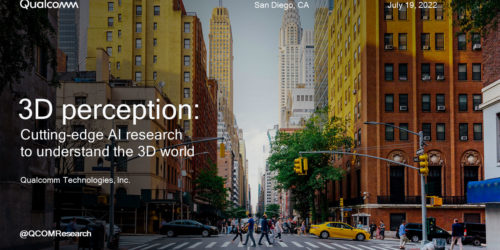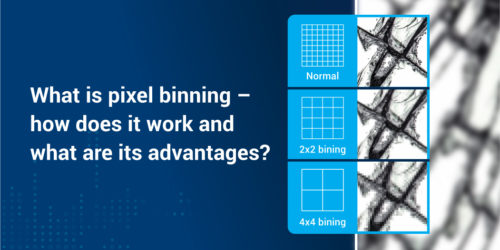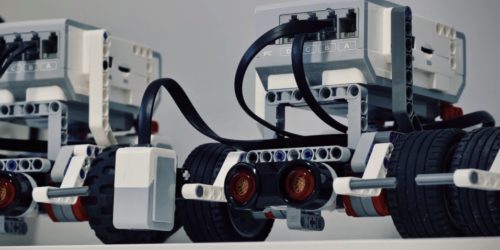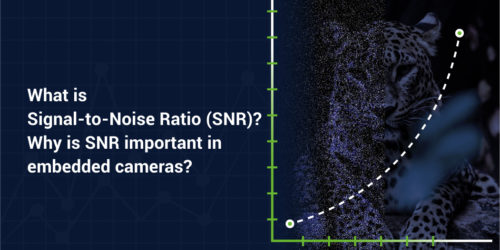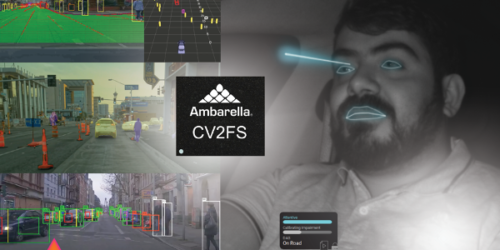Enabling Machines to Efficiently Perceive the World in 3D with AI
This blog post was originally published at Qualcomm’s website. It is reprinted here with the permission of Qualcomm. Qualcomm AI Research’s latest cutting-edge research in 3D perception The world is 3D and, as humans, we perceive the world in 3D. 3D perception offers many advantages over 2D, allowing us to more accurately perceive and engage […]
Enabling Machines to Efficiently Perceive the World in 3D with AI Read More +

